Home>Ideas and Tips>Navigating Vintage Market Finds: What To Look For
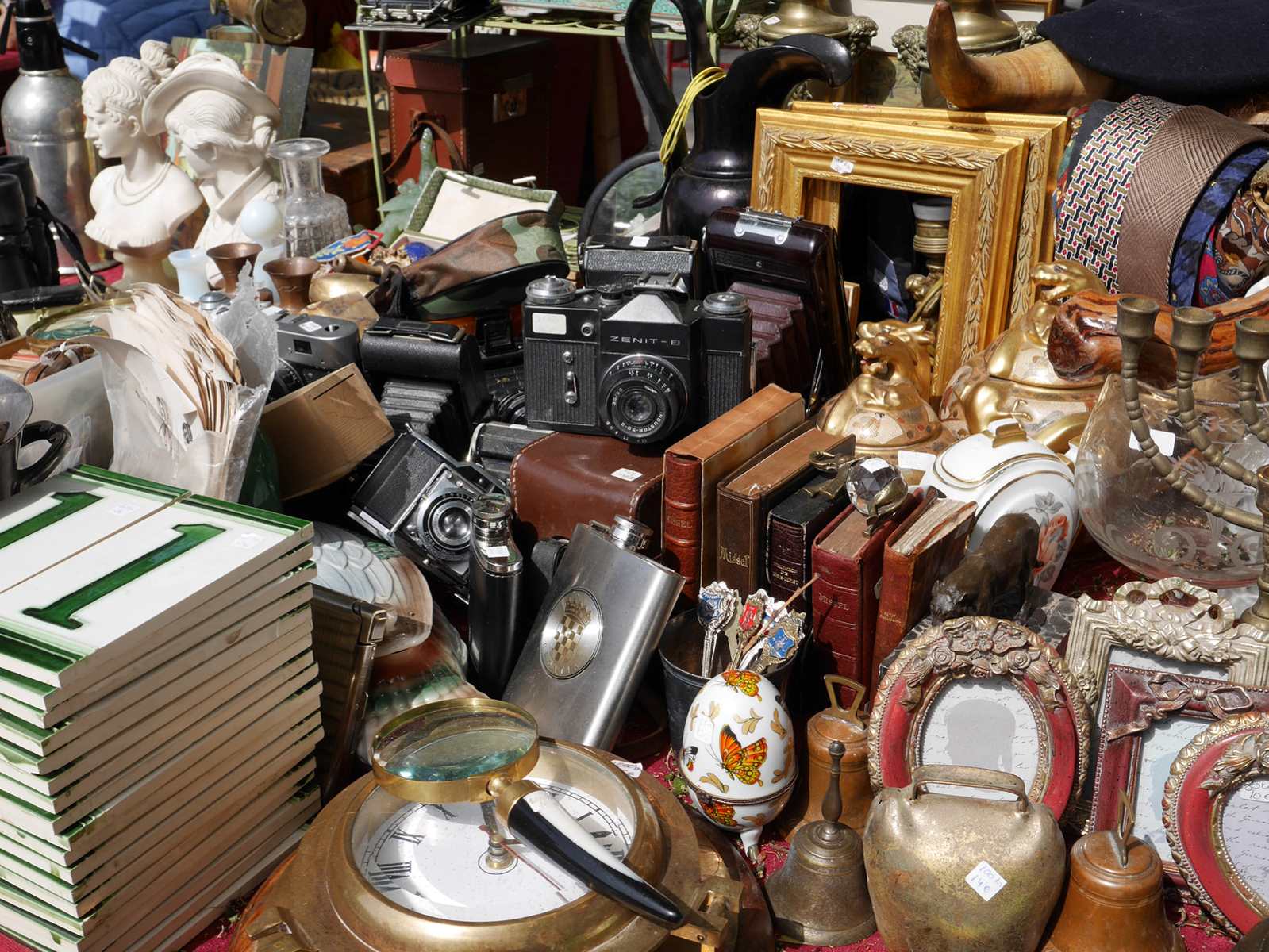

Ideas and Tips
Navigating Vintage Market Finds: What To Look For
Published: November 1, 2024
Discover how to find, evaluate, and restore unique vintage market treasures to add character and charm to your home. Learn expert tips and tricks today!
(Many of the links in this article redirect to a specific reviewed product. Your purchase of these products through affiliate links helps to generate commission for Storables.com, at no extra cost. Learn more)
Finding unique and character-rich elements for your home can be a thrilling adventure, especially when you dive into the world of vintage market finds. These treasures from the past can add a special touch to your living space, making it stand out. But what should you look for when navigating these markets? Let's break it down.
Understanding the Basics of Vintage Market Finds
Vintage market finds are items that are at least 20 years old, sometimes even older. These can range from furniture and decorative pieces to lighting fixtures, textiles, and collectibles. The condition and quality of these items can vary greatly. Some might be in excellent shape with minimal wear and tear, while others might need a bit of TLC. Authenticity is key when buying vintage items. Be cautious of reproductions or items that have been significantly altered from their original state.
Researching Your Finds
Before you start shopping, do some homework. Here are some steps to get you started:
-
Identify Your Style:
- Figure out the style or era you're interested in. This could be anything from mid-century modern to Art Deco or even antique pieces.
- Look at pictures of your desired style to get a better understanding of what to look for.
-
Learn About Materials:
- Different materials have different characteristics and values. For example, solid wood furniture is generally more valuable than particleboard.
- Understand the differences between various materials such as wood, metal, glass, and ceramics.
-
Understand Pricing:
- Research the market value of your desired items. Websites like eBay, Etsy, and specialized vintage furniture stores can give you an idea of what similar items are selling for.
- Keep in mind that prices can vary greatly depending on condition, rarity, and demand.
-
Check for Authenticity:
- Look for signs of authenticity such as signatures from designers or manufacturers.
- Check for any labels or tags that might indicate the item's origin or age.
-
Inspect Condition:
- Always inspect the item thoroughly before purchasing.
- Look for signs of wear and tear such as scratches, dents, or fading.
- Check if any parts are missing or if there are any repairs needed.
Tips for Shopping at Vintage Markets
Shopping at vintage markets can be an exciting experience filled with unique discoveries. Here are some tips to help you navigate these markets effectively:
-
Arrive Early:
- Many vintage markets offer early bird discounts or special deals for those who arrive early.
- You'll also have a better selection of items before they get picked over.
-
Bring Tools:
- Bring tools like a flashlight (for inspecting items in dimly lit spaces), measuring tape (to check dimensions), and a screwdriver (to test functionality).
- Consider bringing a small ladder if you're looking at high shelves.
-
Ask Questions:
- Don't hesitate to ask vendors about the item's history, condition, or any repairs needed.
- Vendors often have valuable insights into their items and can provide additional context.
-
Inspect Carefully:
- Always inspect items thoroughly before purchasing.
- Check for any hidden damage or defects that might not be immediately apparent.
-
Negotiate Prices:
- Negotiating prices is common at vintage markets.
- Be respectful but firm in your negotiations; remember that you're paying for the item's value and any potential restoration costs.
-
Consider Restoration Costs:
- Some items may need restoration work before they're ready for use.
- Factor in these costs when determining whether an item is worth purchasing.
-
Keep Records:
- Keep records of your purchases including receipts, photos, and any documentation provided by vendors.
- This can help you track the history of your items and potentially increase their value over time.
Common Vintage Items to Look For
When navigating vintage markets, there are several common items that are often sought after by collectors and home improvers alike:
-
Mid-Century Modern Furniture:
- Pieces from designers like Eames, Nelson, and Noguchi are highly prized for their sleek designs and high-quality materials.
- Look for items like Eames chairs, Noguchi coffee tables, or Nelson benches.
-
Antique Lighting Fixtures:
- Antique lighting fixtures can add a touch of elegance to any room.
- Look for items like crystal chandeliers or metal sconces from earlier eras.
-
Textiles & Rugs:
- Vintage textiles such as quilts, tapestries, or rugs can add warmth and character to your space.
- Consider factors like material quality (e.g., wool vs cotton), pattern rarity (e.g., specific floral designs), and condition when evaluating textiles.
-
Collectibles & Artwork:
- Vintage collectibles such as vinyl records, vintage posters, or antique artwork can be valuable additions to your collection.
- Research the artist or manufacturer to determine authenticity and potential value.
-
Kitchenware & Dining Sets:
- Vintage kitchenware like Pyrex dishes or Le Creuset pots are highly sought after for their durability and aesthetic appeal.
- Dining sets from earlier eras can also be valuable additions to your home decor.
-
Vintage Home Decor Items:
- Items like vintage vases, sculptures, or decorative plates can add unique touches to your space.
- Consider factors like material quality (e.g., ceramic vs glass), design style (e.g., Art Deco vs Bohemian), and condition when evaluating these items.
Restoring Your Finds
Not all vintage items come in perfect condition; many require restoration work before they're ready for use in your home. Here are some tips on how to restore your finds:
-
Assess Damage:
- Start by assessing the extent of damage on your item.
- Determine if it's worth restoring based on its condition and potential value after restoration.
-
Choose Restoration Methods:
- Depending on the type of item and its condition, choose appropriate restoration methods.
- For example, wooden furniture might require sanding down old finishes before applying new ones while metal items might need polishing or repainting.
-
Use Proper Materials:
- Use proper materials for restoration work to ensure that it blends seamlessly with the original piece.
- For instance, when restoring wooden furniture use wood finishes that match those used during its original production period.
-
Consult Professionals:
- If you're unsure about how to proceed with restoration consider consulting professionals like carpenters or restorers who specialize in vintage items.
- They can provide expert advice on how best to restore your find without compromising its original integrity.
-
Document Process:
- Document each step of the restoration process including before-and-after photos as well as any receipts for materials used during restoration work.
- This documentation can help prove authenticity if needed in future transactions or appraisals.
Displaying Your Finds
Once you've found and restored your vintage items it's time to display them effectively within your home decor scheme:
-
Create Cohesive Spaces:
- Group similar items together creating cohesive spaces within larger rooms like living rooms or dining areas where they can be appreciated fully by family members guests alike!
-
Balance Styles:
- Balance different styles within one space ensuring that each piece complements others rather than clashing against them!
-
Highlight Unique Features:
– Highlight unique features such as intricate carvings patterns colors textures etc., making sure they stand out prominently amidst other decor elements present therein! -
Consider Lighting:
– Proper lighting plays crucial role enhancing aesthetic appeal visibility overall ambiance created around displayed pieces thus consider placing them near windows natural light sources artificial ones alike! -
Add Contextual Elements:
– Add contextual elements such as vintage photographs artwork books magazines etc., providing additional layers meaning depth behind mere physical presence alone!
Navigating vintage market finds requires patience research dedication but rewards those willing put effort into discovering unique treasures adding character charm personality-driven spaces they inhabit daily lives beyond mere functional purposes alone By understanding basics researching thoroughly shopping wisely restoring thoughtfully displaying creatively you'll be well-equipped navigate world vintage market finds successfully transforming ordinary spaces extraordinary ones reflecting personal style preferences seamlessly harmoniously throughout entire journey process itself ultimately leading towards creating truly unforgettable experiences memories cherished forevermore
Was this page helpful?
At Storables.com, we guarantee accurate and reliable information. Our content, validated by Expert Board Contributors, is crafted following stringent Editorial Policies. We're committed to providing you with well-researched, expert-backed insights for all your informational needs.

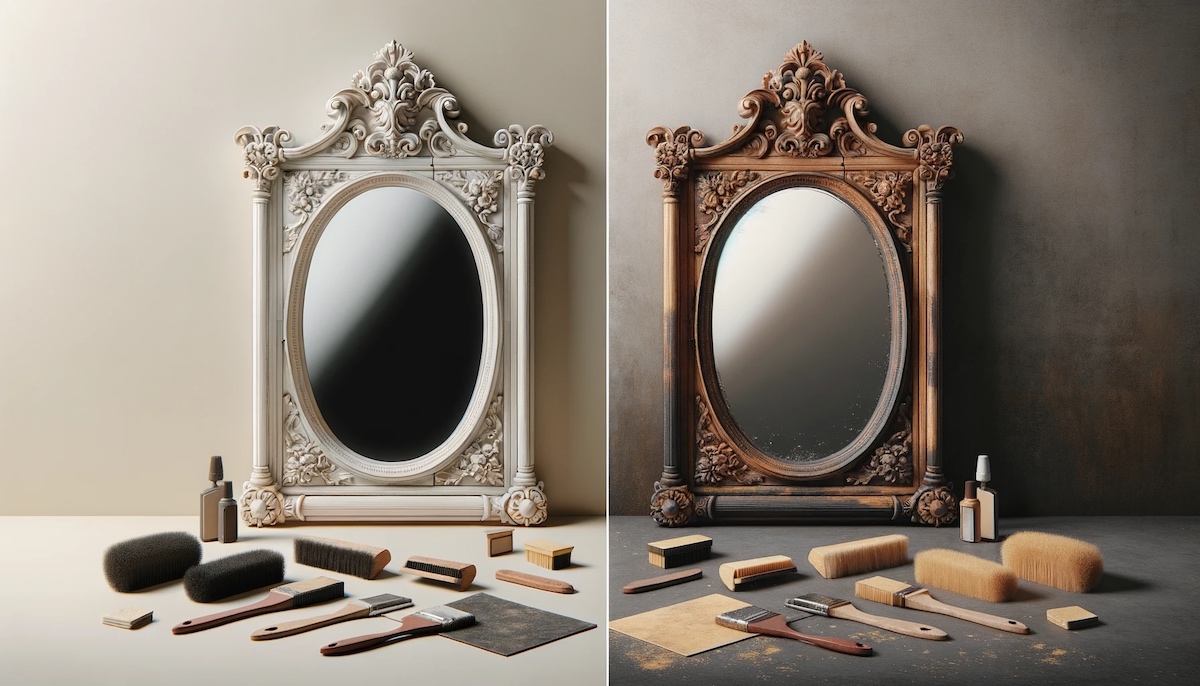



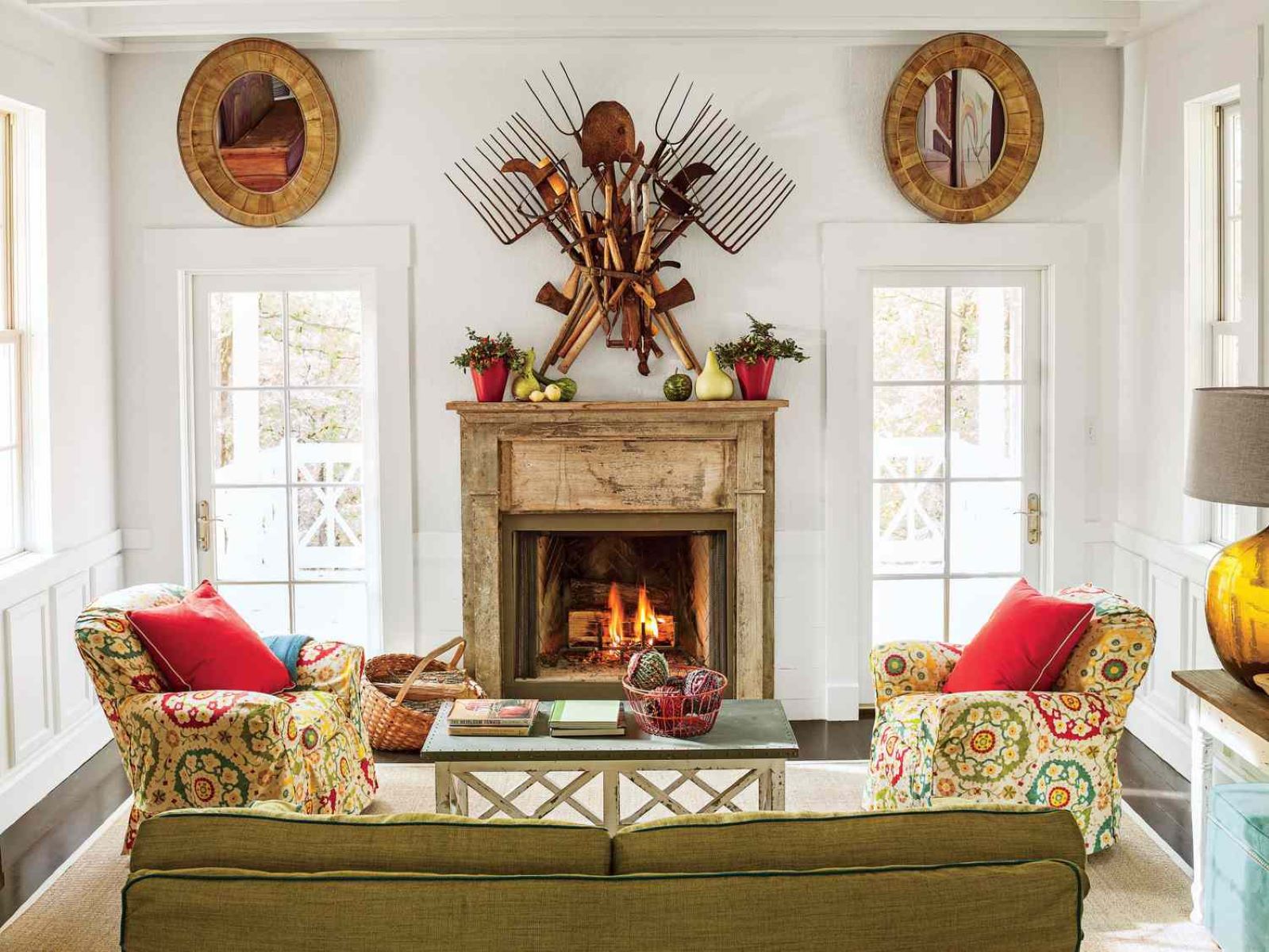
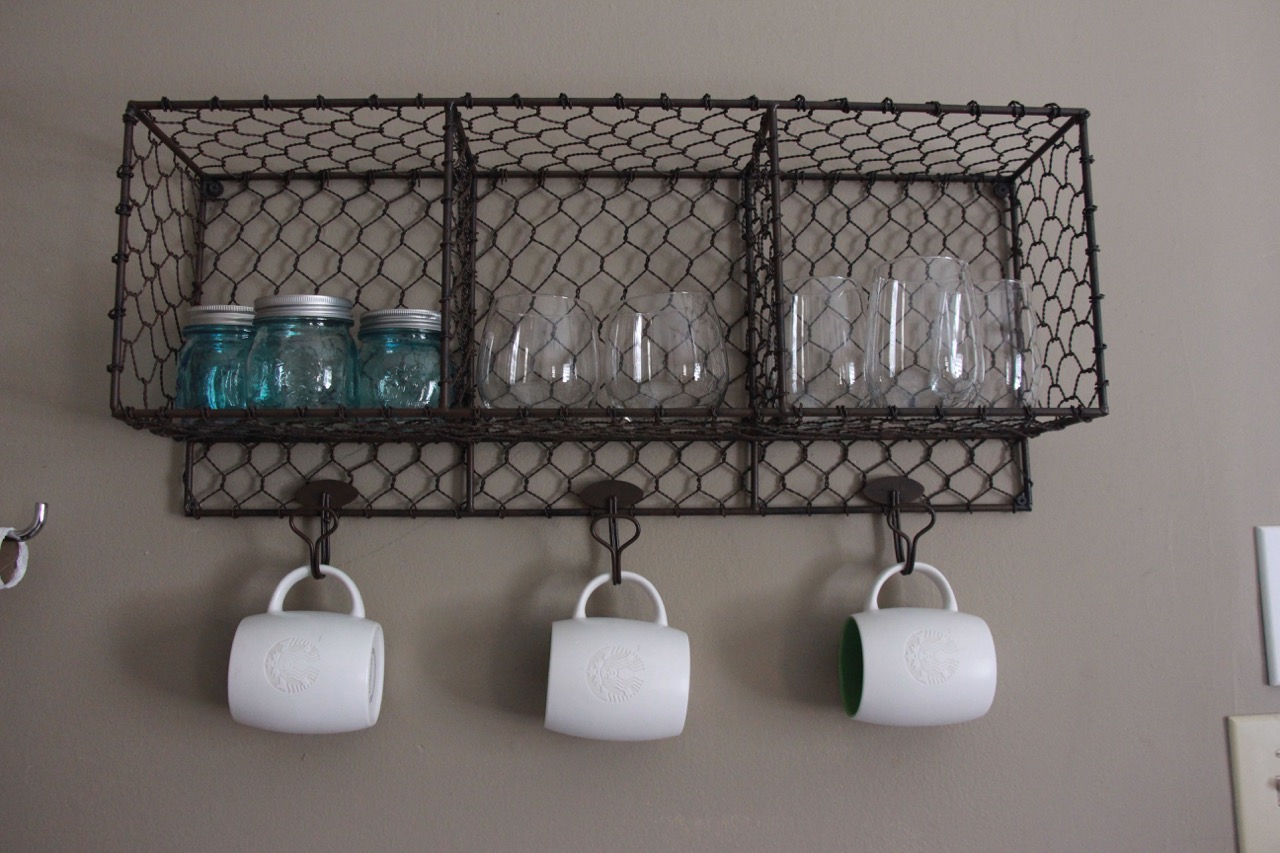
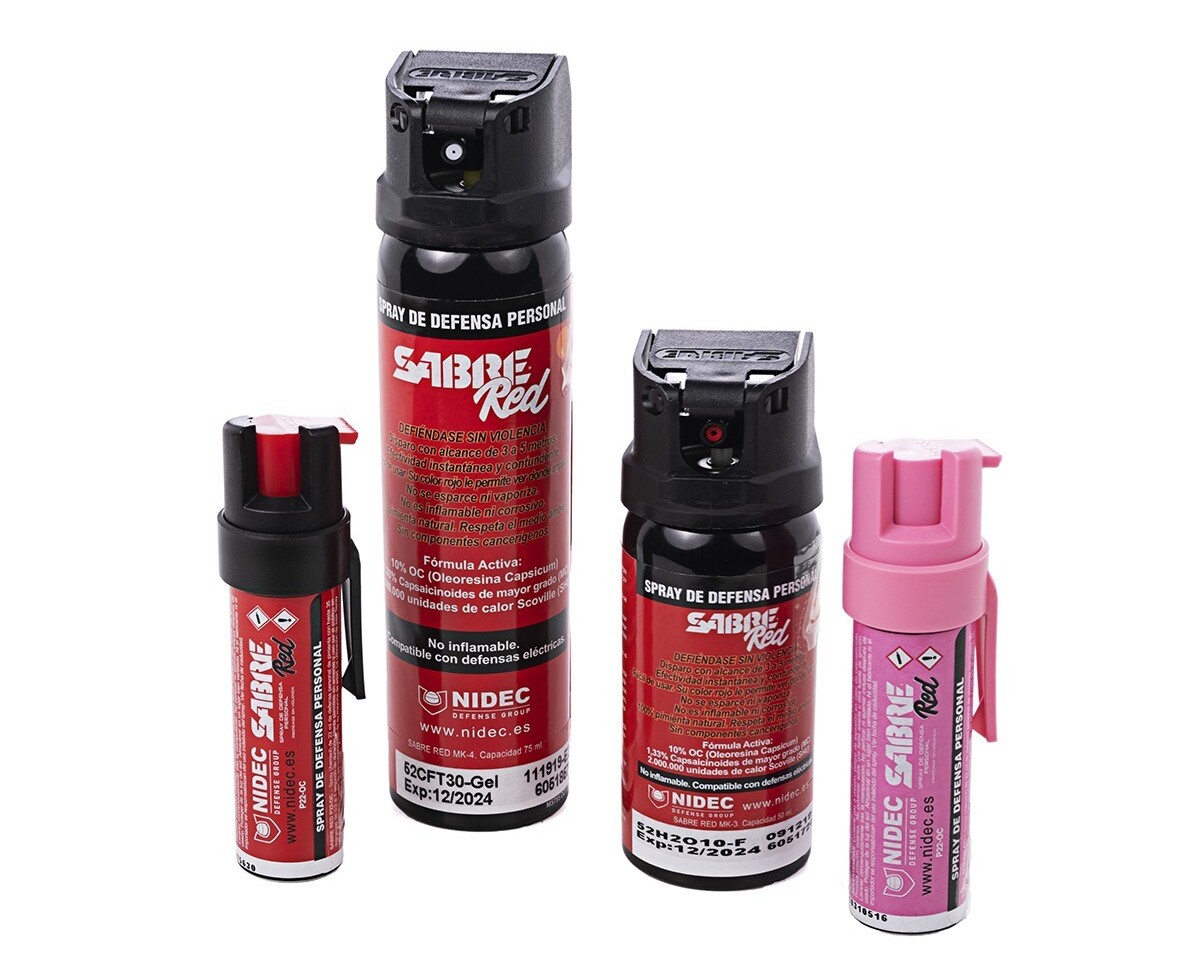
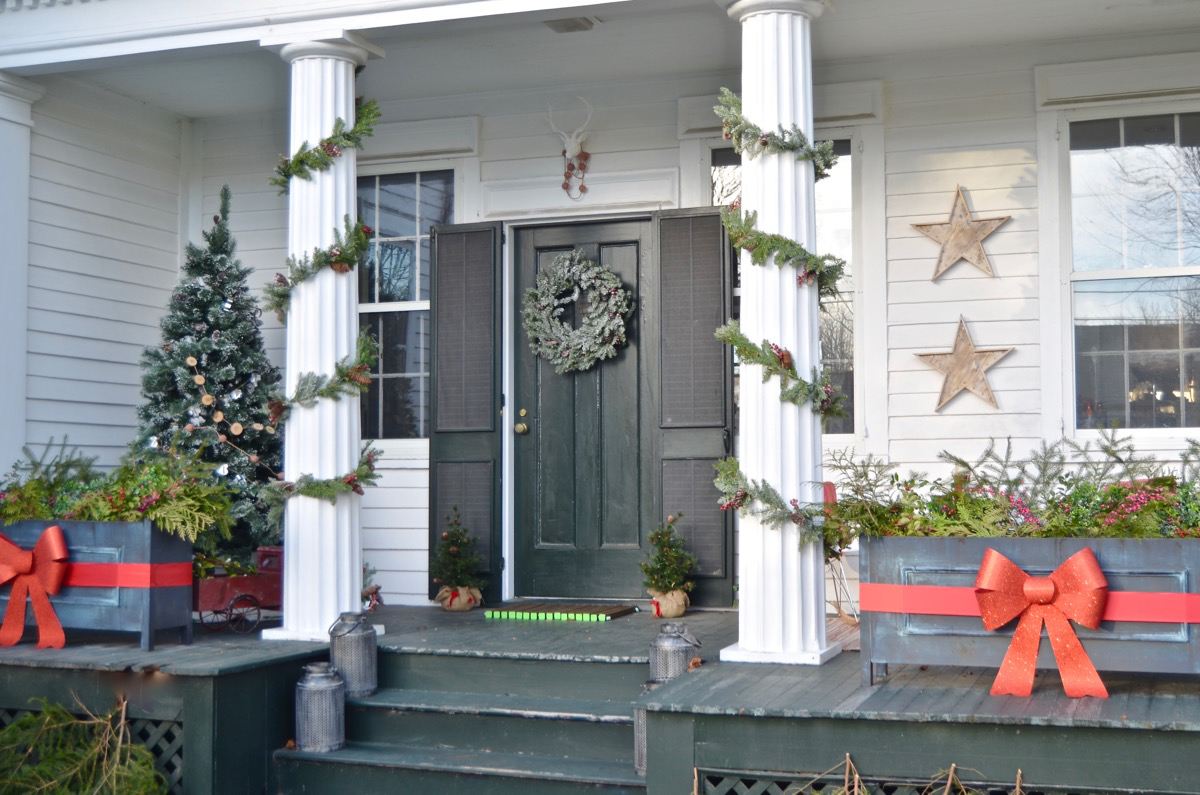
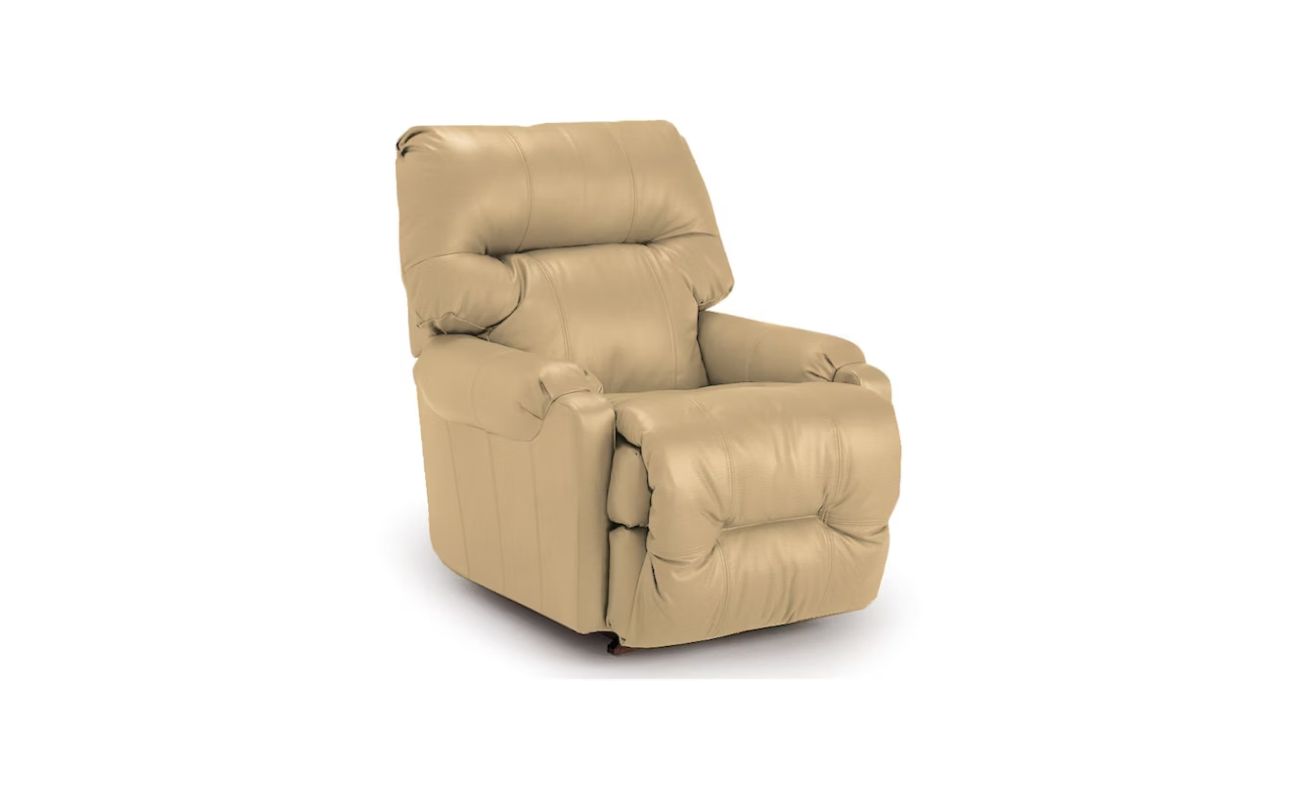
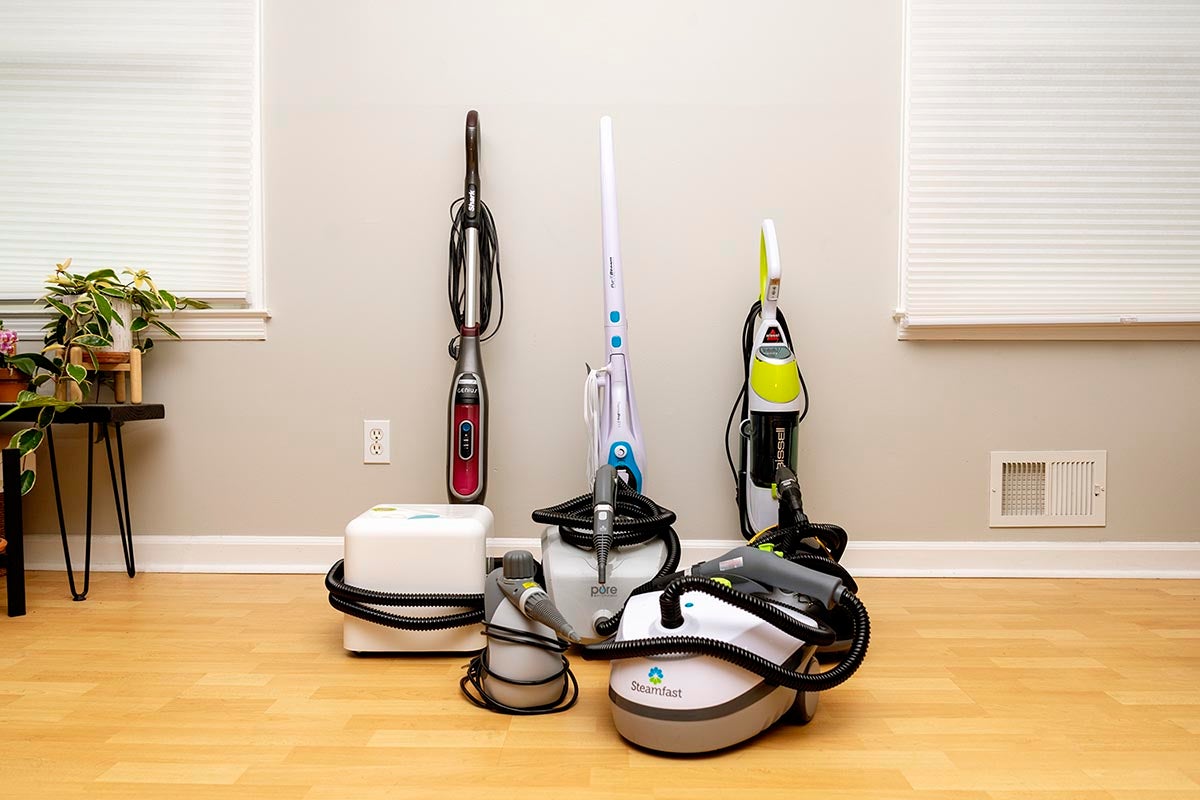
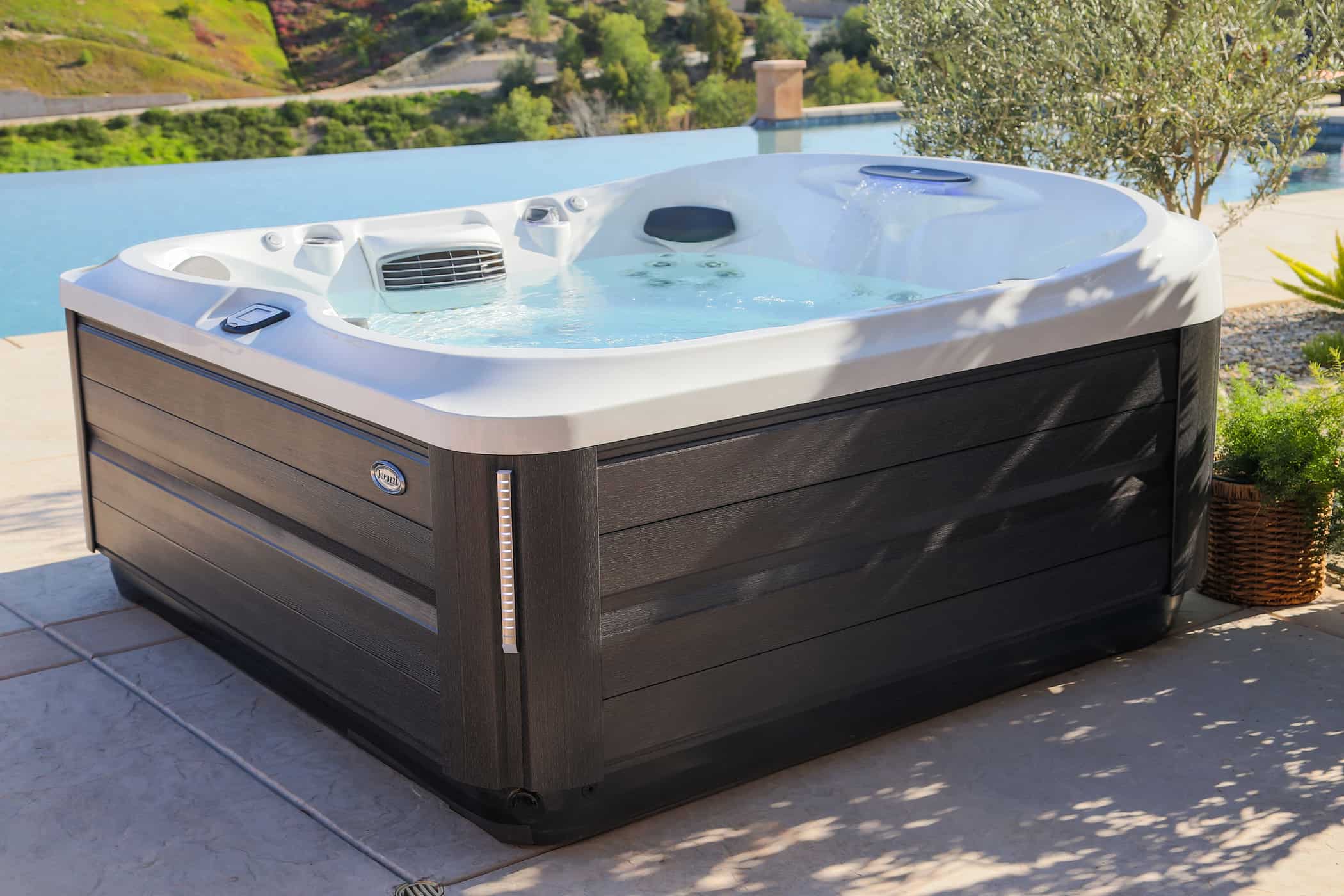
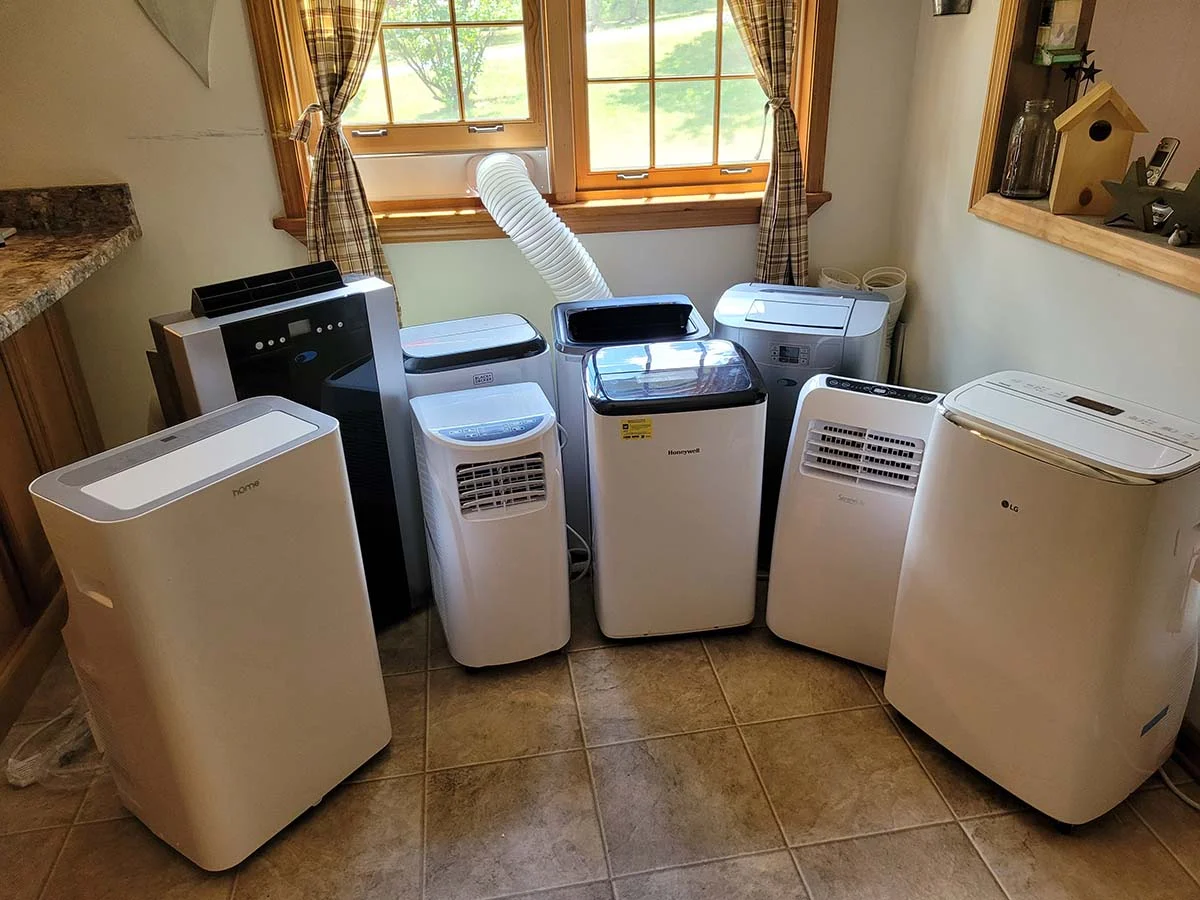


0 thoughts on “Navigating Vintage Market Finds: What To Look For”